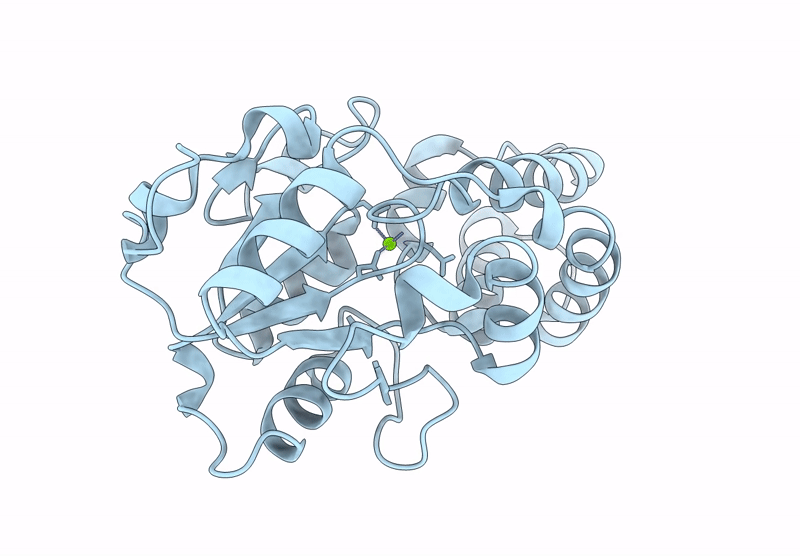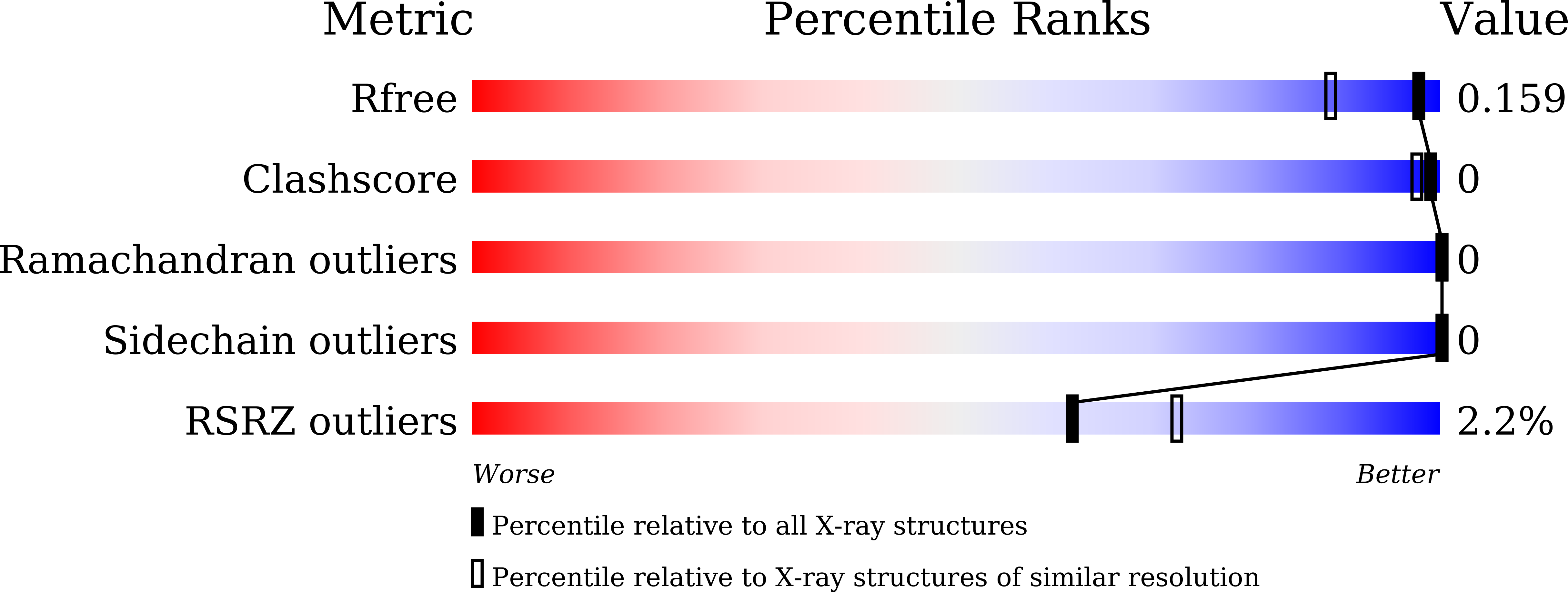
Deposition Date
2025-03-10
Release Date
2025-06-18
Last Version Date
2025-07-02
Entry Detail
PDB ID:
9M7L
Keywords:
Title:
Crystal structure of Pseudouridine 5'-monophosphate phosphatase from human (hHDHD1A) in the unliganded state
Biological Source:
Source Organism:
Homo sapiens (Taxon ID: 9606)
Host Organism:
Method Details:
Experimental Method:
Resolution:
1.36 Å
R-Value Free:
0.15
R-Value Work:
0.14
R-Value Observed:
0.14
Space Group:
P 2 21 21


